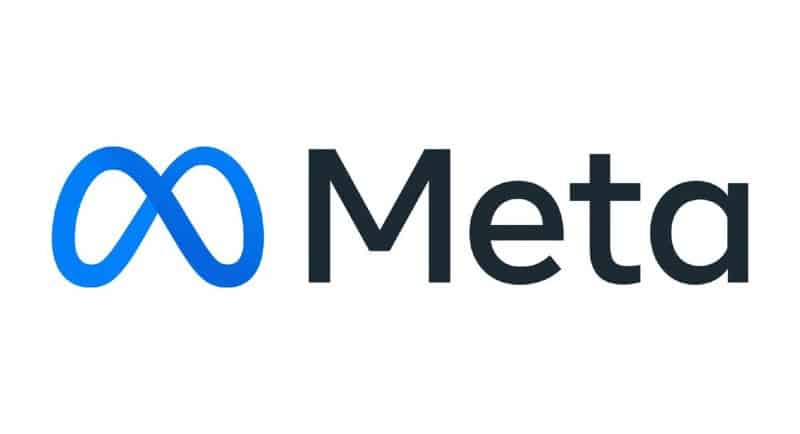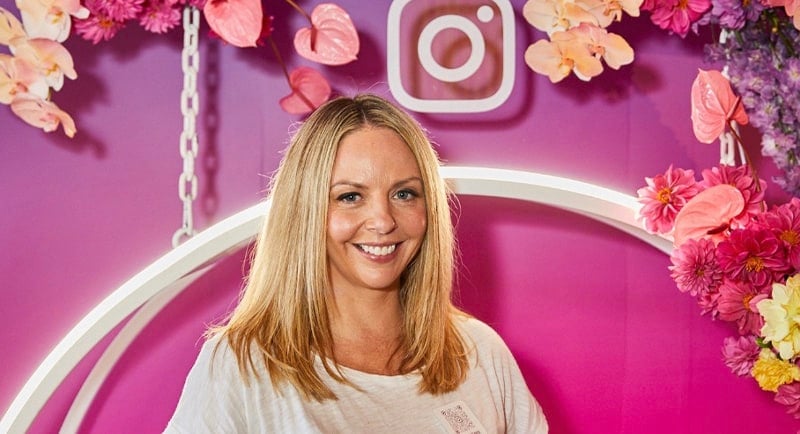By Kirsty Wilson, Global Partnerships Lead, Meta ANZ
The transformative power of social platforms like Instagram and Facebook, has not only reshaped traditional media but has established huge opportunities for creators to build media businesses in their own right. However, despite this evolution, there remains a lack of understanding around the creator economy.
In September 2023, the AFR released a report in partnership with YouTube on the growth in Australia’s digital creative industries, highlighting the critical gap in comprehension among decision-makers, including policymakers, investors, and academics. While there is intuitive understanding and support for the traditional creative economy (dance, theatre, music and film), there remains a lack of knowledge about its online counterpart — the creator economy — which holds great potential to redefine, expand, and commercialise Australia’s creative industries.
Creators tell us that at times, they aren’t taken seriously, their worth is seen only as “silly viral videos”, and there is a lack of recognition of the legitimate business at its core. Content creators themselves primarily rely on brand partnerships as their key revenue source, without harnessing the significant power of their own catalogue of content.
There are some media companies who still regard social content itself as an add-on, relegating it to the role of promoting the ‘main’ show. Some businesses are paying attention. Paramount+ for example, casting social cultural icons and Instagram creators The Inspired Unemployed for their recent hit Impractical Jokers.
Last month I moderated a panel at SXSW Sydney featuring Marion Grasby of Marion’s Kitchen Group and Amelia Darmawan of Totem Network. They shared their own experiences in building successful businesses from social content. Their stories prove that the creator economy is far more than ‘just’ viral videos. They are media companies, publishers, global brands.

Marion Grasby
If you haven’t heard of Totem Network you would certainly be familiar with the brands they are credited with building and reinventing. From digital content series Black As and Sticky Lollies, to one of the biggest, and best known Aussie exports Bondi Rescue.
In 2019, Bondi Rescue was a sun-setting TV show, Totem partnered with the producers – CJZ to represent the brand globally for all of the available rights and now generate five times more revenue through social media than traditional distribution. As Amelia says: “The show is created by the incredible producers at CJZ and has a lot working for it when it comes to social – It’s real, it taps into the full spectrum of human emotion, it lends itself to long and short form, plus, it’s long running so there is a deep catalogue to work with.”
Bondi Rescue went from 15 million views per annum to over 1.3 billion organic views last year – making it now, the number one factual entertainment show in the world on social media. Thanks to the huge social growth, Totem has scaled the brand globally, extended the life of the brand, and shifted the negotiation dynamics, as now, they own the audience.
The growing importance of social and digital platforms has driven Totem’s business model. By 2027, the online video advertising market is projected to reach a staggering $362 billion USD, surpassing the global SVOD market threefold. 67% of this revenue will be generated through social media. Additionally, the social commerce industry is estimated to be worth $2.7 trillion USD by 2027.
Thinking about future trends and tips for creators and media industries, Amelia said it best: “Creators are leading this space and the platforms build their opportunities and tools around them; if you aren’t thinking like a creator, you’re missing the point. Put your eggs in different baskets, be on every platform and have a diverse content mix.”

Marion Grasby was best known as Masterchef Australia alumni, but credits her move into social as being pivotal to her success. During our panel, Marion spoke to the clear advantage of direct communication with the audience on social. Unlike traditional media, creators have the power to control the message directly. This approach proves to be more effective in steering company strategy, allowing for quick decision-making and pivoting, a flexibility often unavailable in traditional media.
“We started with food videos on Facebook. That content strategy, growth, and ad-share revenue allowed us to reinvest and grow, with 35 staff now across offices in Bangkok, Noosa and Melbourne. The community we’ve been able to build was critical to all that has come after. My last two cookbooks were self-published by our own Oriana Press. It’s a massive investment, which has now ultimately paid off, given we’ve sold more than 120,000 books direct to consumers.”
The importance of audience listening and analytics in the digital content creation process has been key to Marion’s success. Conducting a weekly review of video content posted across all platforms, Marion and her team delve into granular details, such as the length of the introduction. Adaptability, according to Marion, stems from being deeply involved in the content creation process and constantly analysing performance metrics.
“We launched our performance cookware brand MAKO a year ago and started with a single flagship product – the MAKO Wok Kit. We went on to sell our six-month forecast of woks in just six days. Those sales came to our online store through organic content on social – Facebook and Instagram lives, stories, posts and video. In 2023 we’ve created and launched more books, a full range of MAKO chopping boards and cookware as well as new food products. Across our entire portfolio of products (food, books and homewares) we’re now selling about 10,000 products per day. ”
The creator economy represents enormous potential. For policymakers, investors, academics, and traditional media industries, the key lies in acknowledging and understanding this digital revolution. To harness its transformative power successfully, decision-makers must allocate resources and support comparable to the traditional creative economy. The insights shared by Marion and Amelia serve as guidance for navigating the dynamic landscape of the creator economy and seizing the boundless opportunities it presents.
